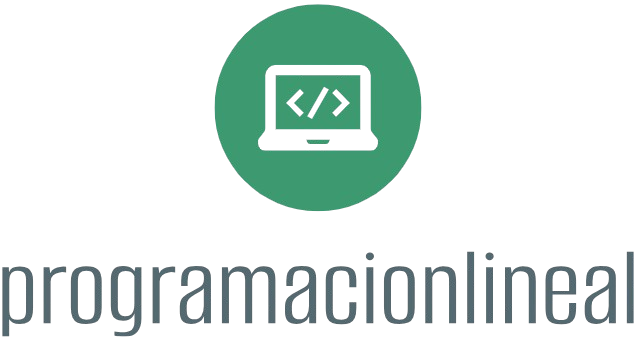Agile methodologies have become a cornerstone of software development, fostering adaptability, collaboration, and efficiency. For developers, understanding Agile is crucial for both enhancing workflow and improving software delivery. Here’s a comprehensive guide to help you navigate Agile methodologies.
- What Is Agile?
Agile is a set of principles and practices for software development that emphasizes iterative development, collaboration, and flexibility. The Agile Manifesto, created in 2001, articulates four fundamental values and twelve principles that guide Agile development:
Agile Values:
– Individuals and interactions over processes and tools: Focus on communication and collaboration among team members.
– Working software over comprehensive documentation: Prioritize delivering functional software rather than excessive documentation.
– Customer collaboration over contract negotiation: Engage customers throughout the development process to ensure the product meets their needs.
– Responding to change over following a plan: Embrace change and adapt the project as necessary, rather than sticking rigidly to a predetermined plan.
- Key Agile Methodologies
Several specific frameworks and methodologies implement Agile principles. Here are some of the most commonly used:
2.1 Scrum
– Overview: Scrum is an iterative framework that divides work into sprints, typically lasting 2-4 weeks, allowing teams to plan, execute, and review their work regularly.
– Key Roles:
– Product Owner: Represents the stakeholders and is responsible for maximizing the product’s value.
– Scrum Master: Facilitates the Scrum process, helps remove obstacles, and ensures adherence to Scrum principles.
– Development Team: A self-organizing team that executes the work.
– Ceremonies:
– Sprint Planning: Team plans the work for the upcoming sprint.
– Daily Standup: A short daily meeting to review progress and address issues.
– Sprint Review: Team showcases what was developed during the sprint to stakeholders.
– Sprint Retrospective: Team reflects on the sprint to improve processes and collaboration.
2.2 Kanban
– Overview: Kanban is a visual workflow management method that helps teams visualize work, limit work in progress, and maximize efficiency.
– Key Practices:
– Visualizing Work: Use Kanban boards to represent work items and their status (e.g., To Do, In Progress, Done).
– Limiting Work in Progress (WIP): Set limits on the number of work items that can be in progress at the same time, promoting focus and throughput.
– Continuous Delivery: Aim for a continuous flow of work, allowing for faster delivery of features.
2.3 Extreme Programming (XP)
– Overview: Extreme Programming (XP) focuses on improving software quality and responsiveness to customer requirements through frequent releases and customer feedback.
– Key Features:
– Pair Programming: Two developers work together at one workstation to enhance code quality and facilitate knowledge sharing.
– Test-Driven Development (TDD): Write tests before writing the corresponding code, ensuring that the software meets requirements and reduces defects.
– Frequent Releases: Deliver small, incremental updates to enhance functionality and receive user feedback.
- Agile Principles for Developers
To effectively embrace Agile methodologies, developers should adopt the following principles:
– Collaboration: Engage actively with teammates and stakeholders. Communication is key in Agile environments.
– Continuous Integration/Continuous Deployment (CI/CD): Implement automated testing and deployment processes to ensure quick feedback and rapid delivery of features.
– User-Centric Development: Focus on delivering value to users. Use user stories to gather requirements from the user’s perspective.
– Iterative Development: Break work into smaller, manageable increments (e.g., user stories) that can be completed within a sprint.
– Adaptability: Be open to changes and feedback. Agile development is about responding to change rather than strictly following a plan.
- Common Agile Tools
Several tools can assist in implementing Agile methodologies and enhancing team collaboration:
– Jira: A popular project management tool that supports Agile practices such as Scrum and Kanban, allowing teams to track work and manage backlogs.
– Trello: A flexible visual management tool that uses boards and cards, making it easy to manage tasks in a Kanban-style workflow.
– Slack: A communication platform that facilitates real-time collaboration among team members.
– GitHub: A version control platform that supports collaboration among developers, allowing for code review, issue tracking, and project management.
– Confluence: A documentation and collaboration tool often used alongside Jira to create and manage project documentation effectively.
- Adopting Agile Practices
To successfully adopt Agile practices, consider the following steps:
- Training and Education: Ensure that team members understand Agile principles and practices through training sessions and workshops.
- Start Small: If your organization is new to Agile, start with one team or a single project. Gradually adopt Agile practices across more teams as you gain experience.
- Regular Retrospectives: Conduct retrospectives at the end of each sprint or project phase to identify areas for improvement.
- Engage Stakeholders: Involve stakeholders and customers in the planning and review process.
- Foster a Collaborative Culture: Encourage open communication, knowledge sharing, and collaboration among team members.
Conclusion
Understanding Agile methodologies is essential for developers looking to enhance their workflow and improve product delivery. By grasping key frameworks like Scrum, Kanban, and XP, and embracing Agile principles, developers can work more collaboratively, adapt to changes quickly, and deliver high-quality software aligned with user needs. Whether you’re part of a small team or a large organization, Agile can help create a more productive and responsive development environment.











